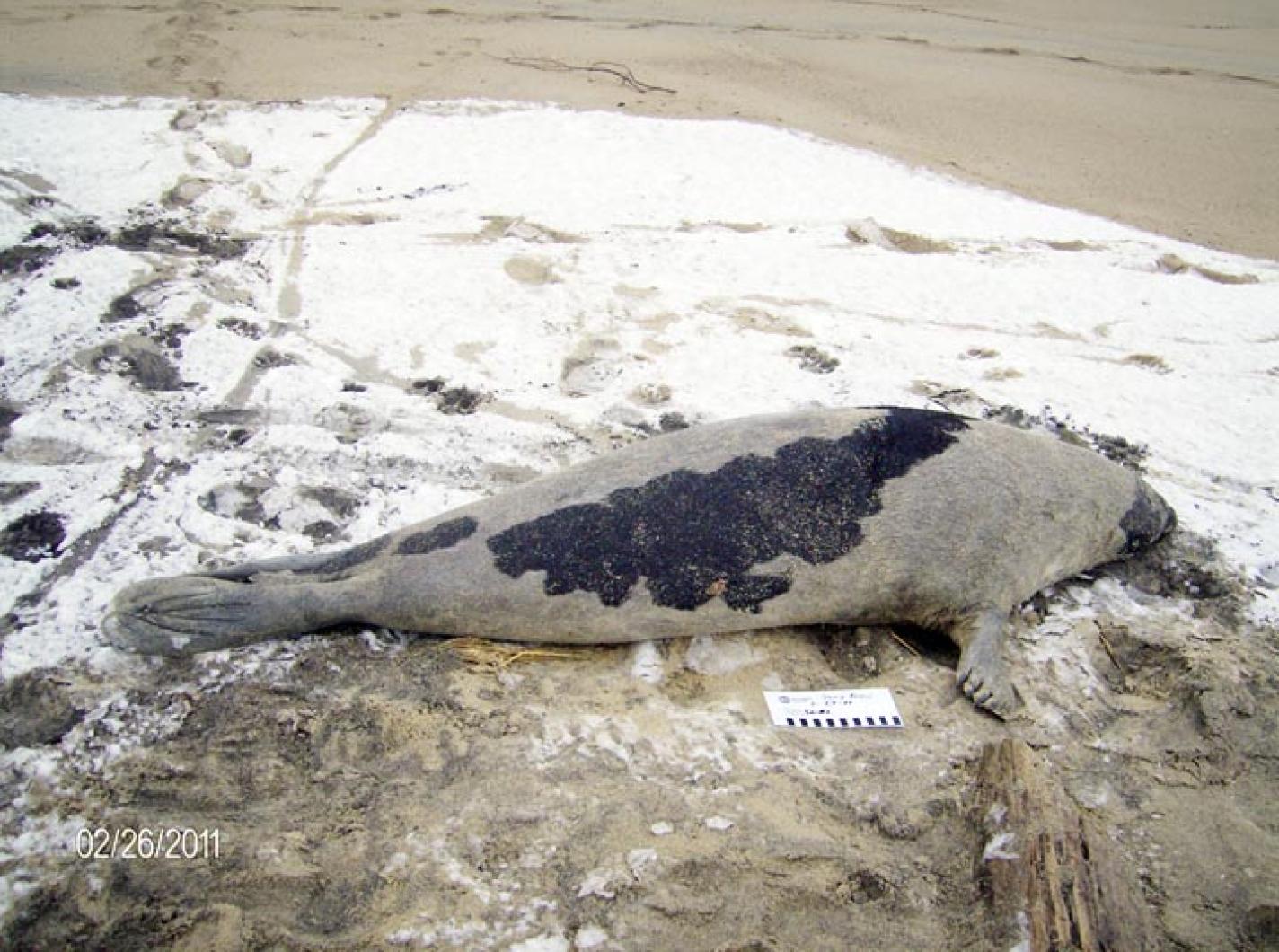Maybe it is something that we should harp about. We wouldn’t be alone in our complaint.
Come early March, many people are up in arms because winter marks the seal hunting season. Norway, Russia, Canada andGreenland are countries that allow the hunting of gray, hooded and harp seals. There are those few that hunt for tradition, food and sustenance, including tribal Inuitpeople. Others hunt for commerce and profit.
There is money to be made in marine mammal murder. Seals are killed primarily for their pelts, which are made into leather or used as furs. Seal meat is also eaten, and seal fat can be rendered into oil for fuel. The most disturbing reason to kill a seal is for its genitals, which are valued and sold for their use as aphrodisiacs in Asian markets.
It was not the faraway spectacle of hunters using hakapiks, or clubs, to slay these marine mammals that caught my attention this week; rather, it was the appearance of a dead harp seal on South Beach that aroused my interest.
Harp seals are members of the group of seals that lack earflaps, called earless seals. These seals are not necessarily musical, but have harp or wishbone-shaped black markings on the body of the adults. These animals are also called saddleback seals or, more scientifically properly, Pagophilus groenlandicus, which translates into “ice-loving seal from Greenland.”
More poetic than their name was Thomas Moore, who wrote, “’T is believ’d that this harp which I wake now for thee, Was a siren of old who sung under the sea.”
Highly migratory, harp seals have been known to travel up to 2,500 miles down the East Coast, venturing as far as Virginia. Typically, though, they are found in areas much farther north, living mainly in Arctic areas and breeding in colonies on ice floes or packs.
Mother harp seals give birth to a 25-pound seal pup which will feast on her fat-rich milk for its first two weeks. Seal mother’s milk has a 45 per cent fat content, and pups will increase in size to three times their birth weight in those early weeks. Their teeth will only grow once they begin to chew solid food.
When born, harp seals pups are called yellowcoats, though their yellow coats turn to white within two days. These white coats are highly valued as fur, though efforts are increasing to ban hunting of these babywhitecoats. This is when they are most photographed and are used as the poster child for seal protection efforts. Why wouldn’t one use the image of these beautiful pinniped pinups to further the cause for conservation?
At four weeks old, the young harp seal is known as a beater. Beater seals get their name from their early attempts at swimming, which is characterized by the beating of their flippers. After 14 months, the seal becomes a bedlamer, named during the 15th and 16th century by the Basque and Breton settlers in the Strait of Belle Island. The term is translated from the French “bêtes de la mer,” or animals of the sea.
Besides humans, polar bears, sharks, orca, and walruses are predators of harps seals. If they can elude all of these hunters, harps seals can live to 30 years.
While harp seals are protected in the United States by the Marine Mammal Protection Act, and trade in seal products has been banned in both the U.S. and the European Union, they still are at great risk in countries not under the jurisdiction of theselaws. Until all of the countries of the world can agree on conservation measures, their fate is sealed.
Suzan Bellincampi is director of the Felix Neck Wildlife Sanctuary in Edgartown.








Comments
Comment policy »